There are numerous cordless drill models on the market, each more compact, “mobile,” and powerful than the last. However, most of these modern drills have one thing in common: the utilities typically found on their bodies. Are you curious about what these utilities are? We’ll reveal all in this article.
1 Speed Control Trigger
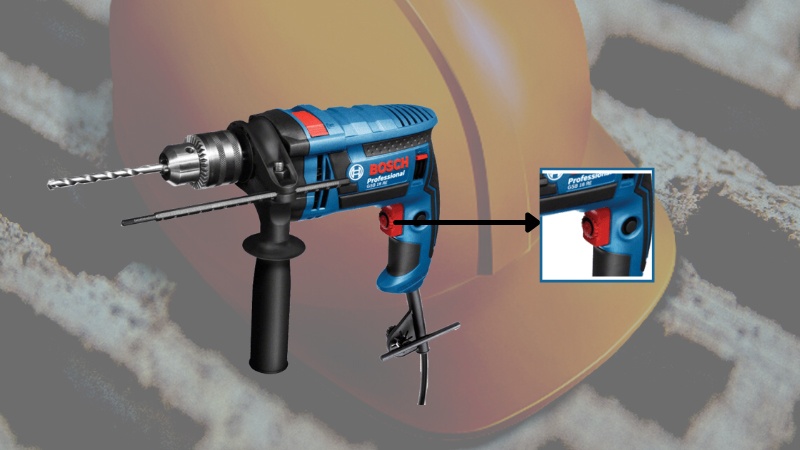 Speed Control Trigger
Speed Control Trigger
When learning about drills, the first component you’ll likely hear about is the speed control trigger. This is the most important part of the drill because without it, the drill won’t function.
The speed of the drill depends on how hard you press the trigger; pressing lightly results in a slower speed, while pressing harder makes the drill go faster. To stop the drill, simply release the trigger or turn it off.
Moreover, modern drills now have a dual-speed control switch or a speed limit switch. This means that you can choose the maximum speed by rotating the multi-level knob on the drill’s body. This helps to make the drilling action more precise and suitable for different material surfaces.
2 Reverse Drill
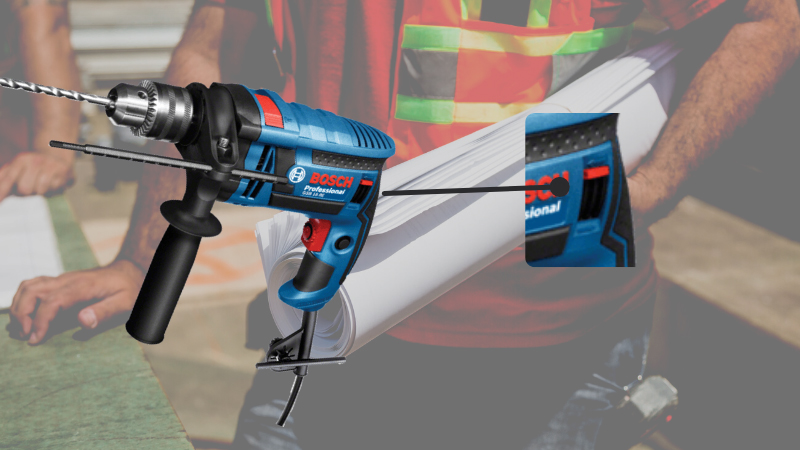 Reverse Drill
Reverse Drill
Most drills have a reverse switch, except for some models designed for semi-professional users. This utility’s primary function is to reverse the direction of the drill or screwdriver, allowing users to tighten or loosen screws as needed.
The reverse switch typically has two main directions: clockwise and counterclockwise. This utility is usually located on the drill’s body and can be designed in different positions depending on the type of drill you’re using.
To use the switch, simply slide the control button, usually from bottom to top. Note: Be sure to turn off the drill and let it stop running before changing the drill’s direction.
3 Torque Adjustment Ring
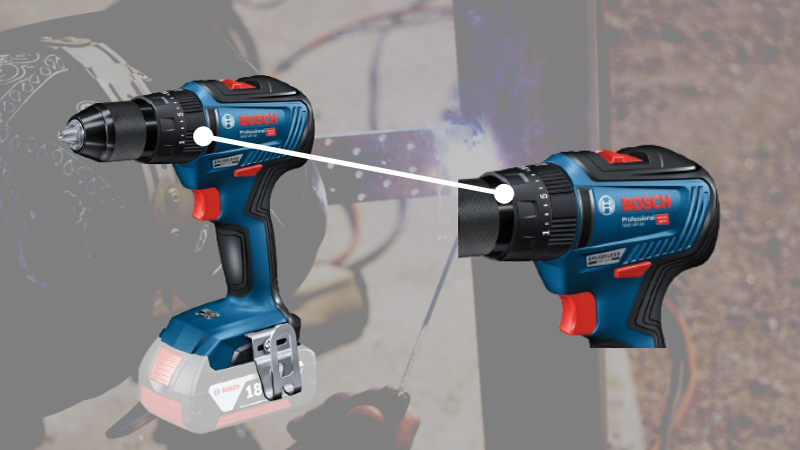 Torque Adjustment Ring
Torque Adjustment Ring
Torque, or twisting force, is a common utility on drills, especially screwdrivers. Standard drills have 20 levels of torque adjustment, while professional drills can have up to 20+1 levels.
The unit of torque is Nm, and each notch on the adjustment ring corresponds to a specific Nm value. The larger the Nm value, the stronger the torque.
The torque settings help you adjust the torque to suit different surfaces and screw sizes. This ensures that the screwdriver is securely fixed, reduces vibration during operation, and increases accuracy for each drill.
4 Trigger Lock Button
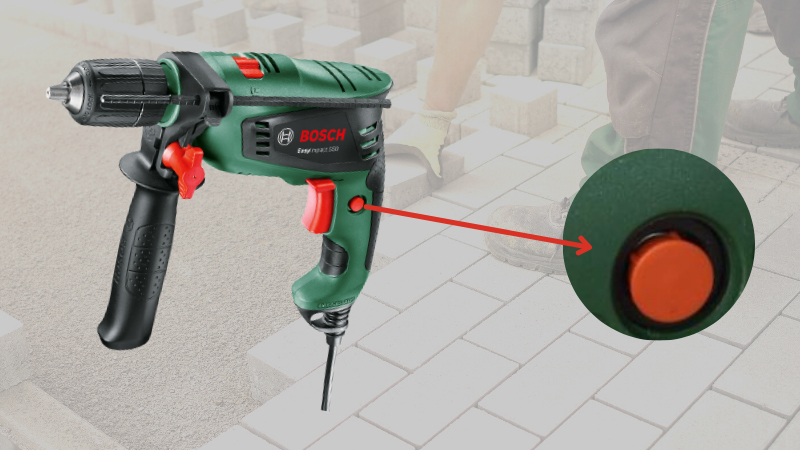 Trigger Lock Button
Trigger Lock Button
The trigger lock button is usually found on cordless drills instead of corded ones. This is because with corded drills, you can simply unplug the drill from the power source to ensure safety.
However, with cordless drills, you can’t constantly disconnect the battery during use as this would loosen the contacts and affect the drill’s performance.
That’s why the trigger lock button was introduced as a modern utility on cordless drills. The lock button is designed as the reverse switch, ensuring safety and convenience for users when drilling and moving the drill.
Note: Make sure the drill is not running before locking the trigger.
To lock the trigger, simply set the reverse switch to the middle position instead of sliding it to the left or right. To use the drill again, slide the reverse switch to the appropriate direction for your desired drilling action.
5 Auxiliary Handle
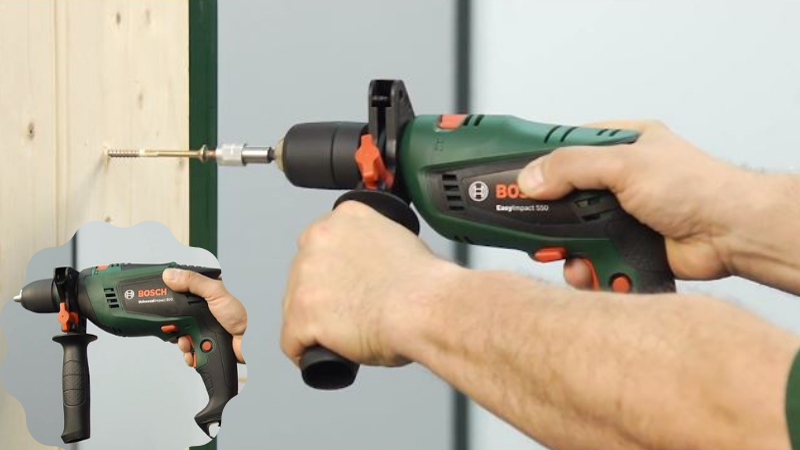 Auxiliary Handle
Auxiliary Handle
High-power cordless drills often have an additional auxiliary handle. Its main function is to ensure the drill remains stable and balanced during operation, providing a firmer grip for the user.
The auxiliary handle is typically designed as a round block, with a length similar to the main handle, and coated with an anti-slip layer for safety.
These are the common utilities found on cordless drills, and we hope this information helps you when choosing and using a cordless drill.

































